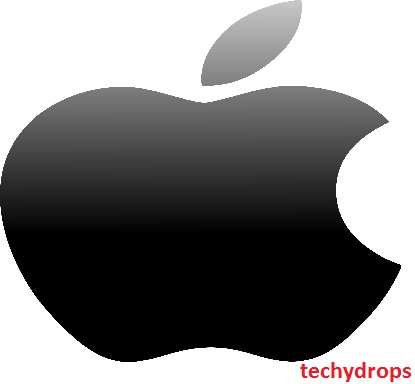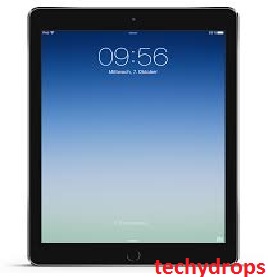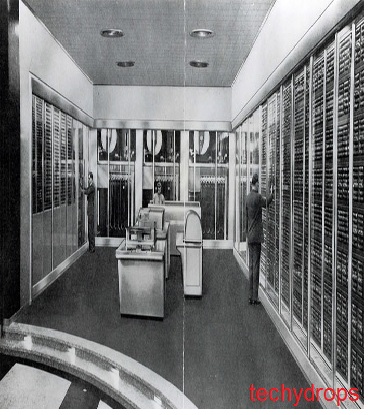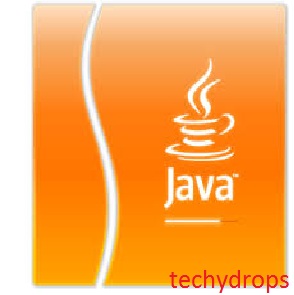January 31 – technical history

1958 – The United States successfully entered the space age with the successful launch of the Explorer I satellite. Data from the satellite confirmed the existence of the Van Allen radiation belt circling the Earth.
1961 – The US launched a four-year-old male chimpanzee named Ham on a Mercury-Redstone 2 rocket into suborbital flight to test the capabilities of the Mercury capsule.
1971 – Astronauts Alan Shepard, Stuart Roosa, and Edgar Mitchell lifted off on the Apollo 14 mission to the Fra Mauro Highlands on the Moon.
1984 – Apple Reorganizes
Apple announced they would split up the Cupertino based company into three divisions – Apple II (handling all Apple III computers as well), the Apple 32 division (Lisa, and new Macintosh line of computers) and Accessory Products (Printers, Keyboards, etc).
Delbert Yocam led the Apple II group which Steve Jobs would take care of Apple 32. Michael Mullar would lead the accessories.
Apple did a lot of reorganizing, including Michael Spindler to VP of the European group and William Campbell to VP of sales in the US.
1995 – AT&T and VLSI Protect Against Eavesdropping
AT&T Bell Laboratories and VLSI Technology announce plans to develop strategies for protecting communications devices from eavesdroppers. The goal would be to prevent problems such as insecure cellular phone lines and Internet transmission by including security chips in devices.
2013 – The Consumer Electronics Association announced it was awarding the Dish Hopper co-winter of Best of CES and would begin searching for a new awards partner.CBC had forced CNET editors not to award Dish a prize due to ongoing litigation between the two companies.
2015 – Troy Bradley of the US and Russian Leonid Tiukhtyaev landed the Two Eagles Balloon off the Baja coast near La Poza Grande, Mexico. They beat the world distance and duration record. They stayed aloft for 6 days, 16 hours and 37 minutes travelling 6,646 miles.
If you like this post kindly comment below and do share your response. Thanks for reading.









You must be logged in to post a comment.